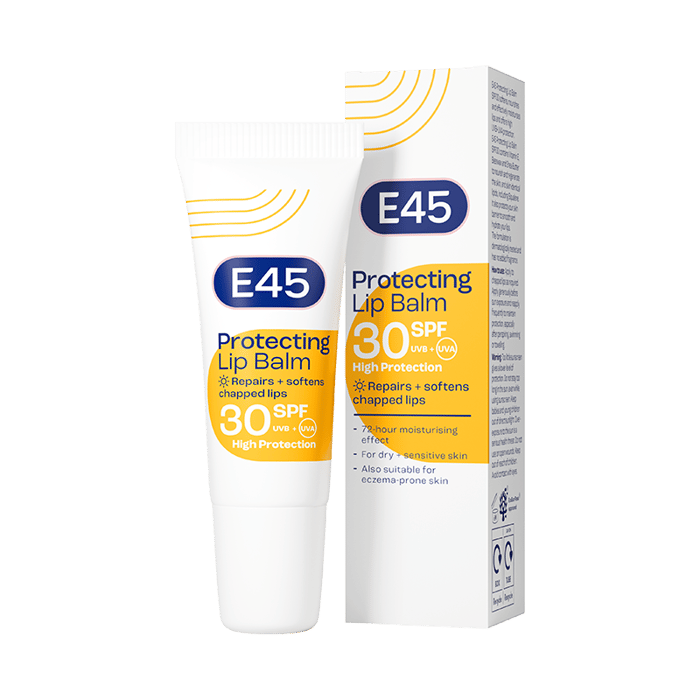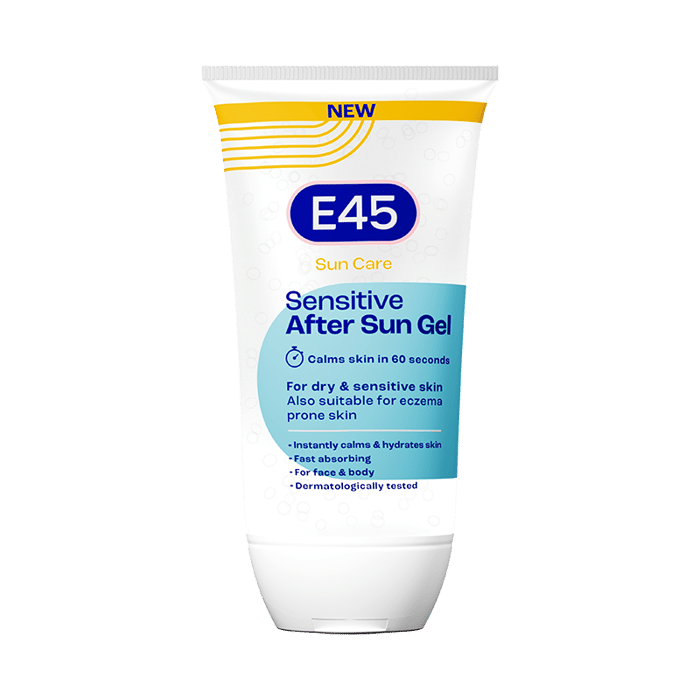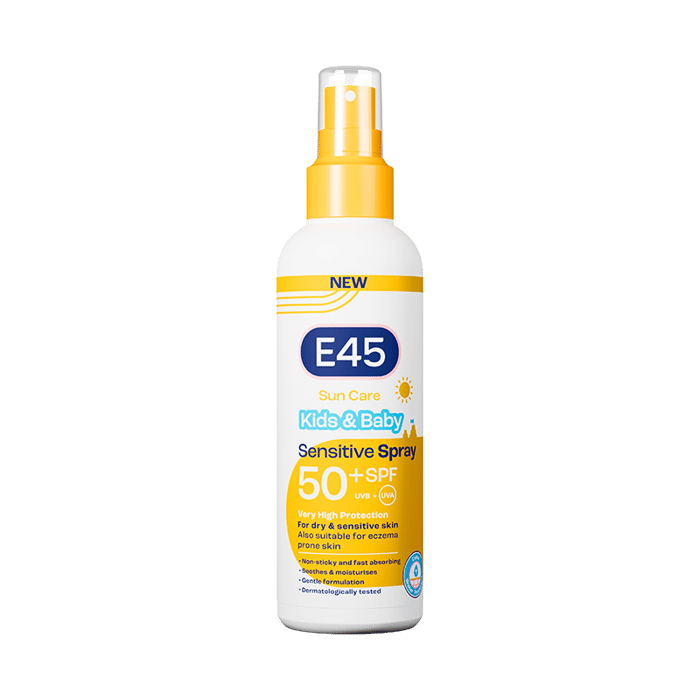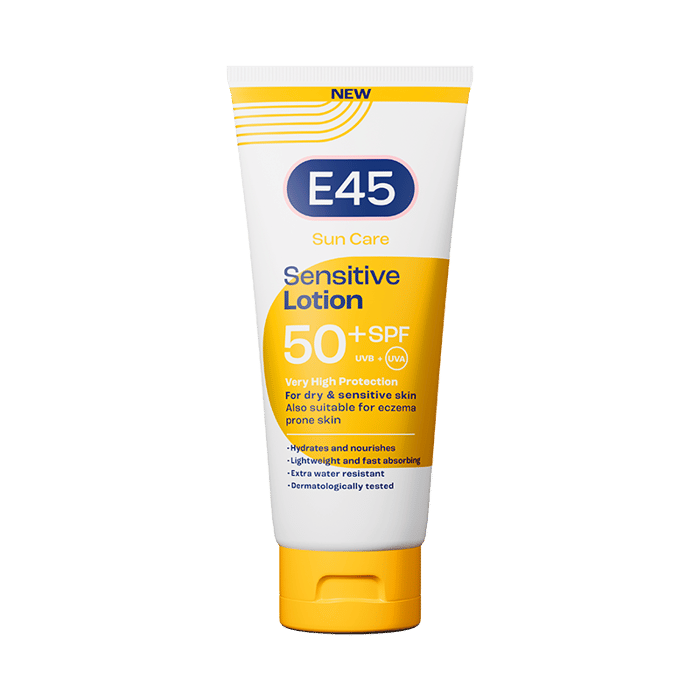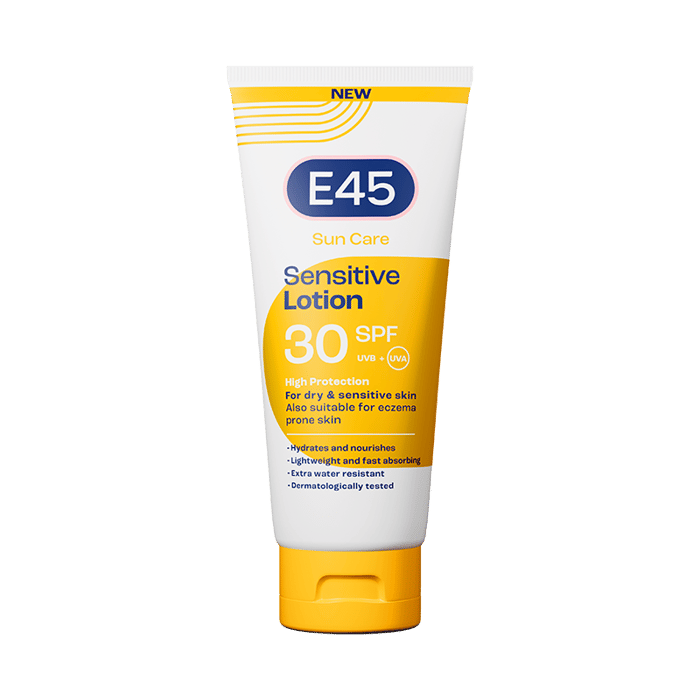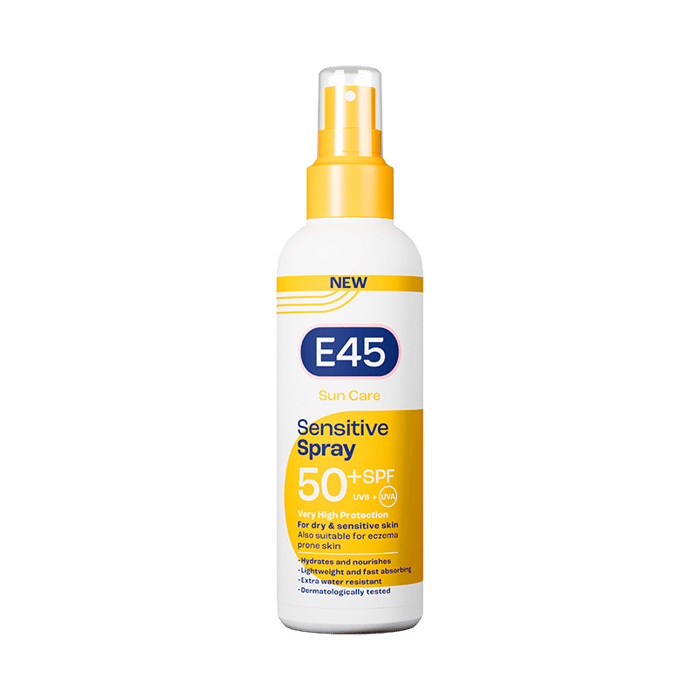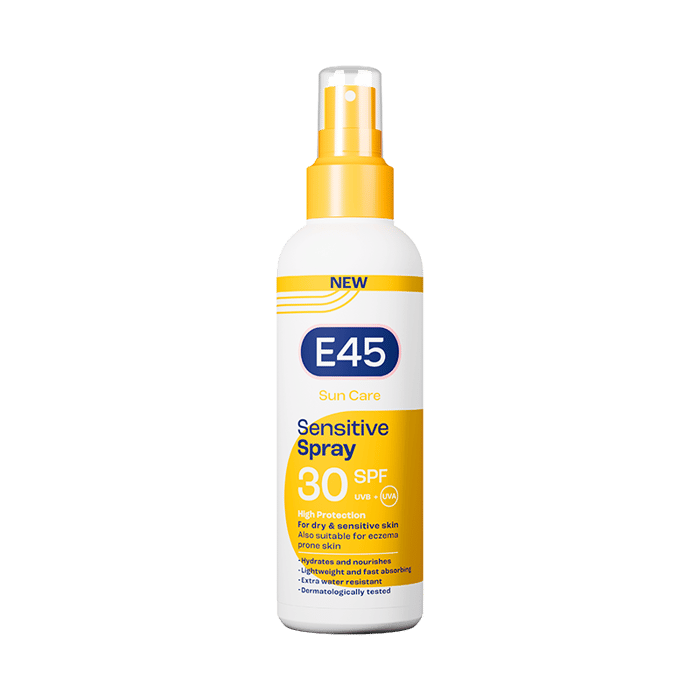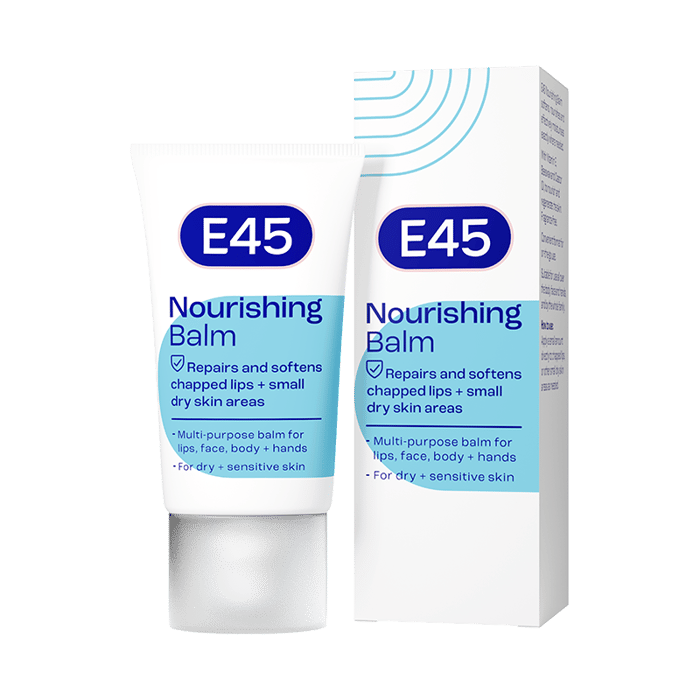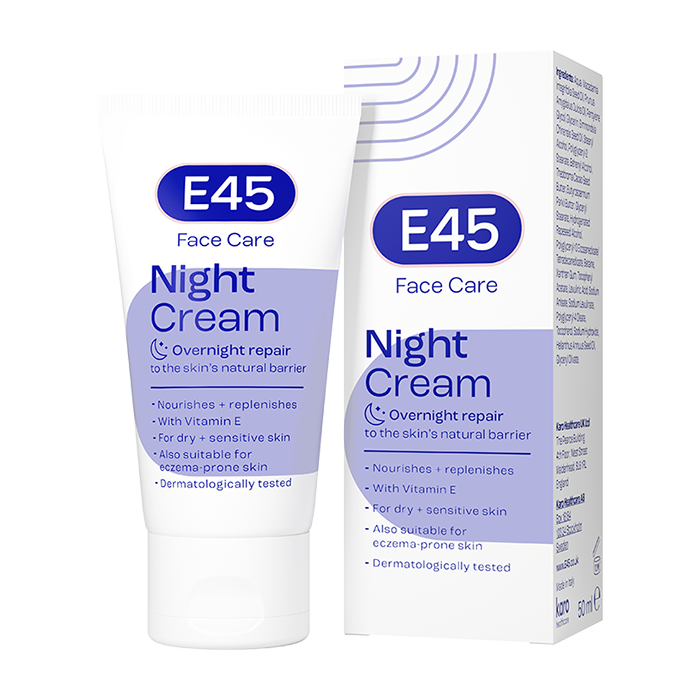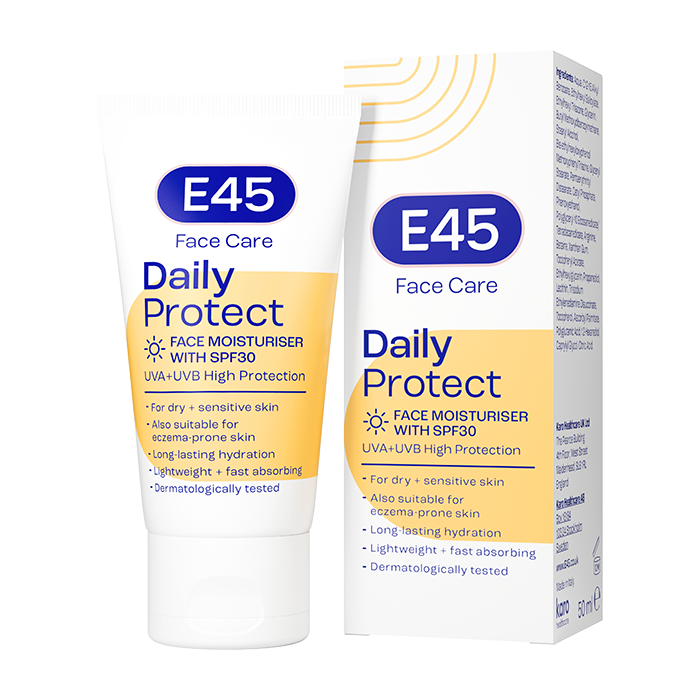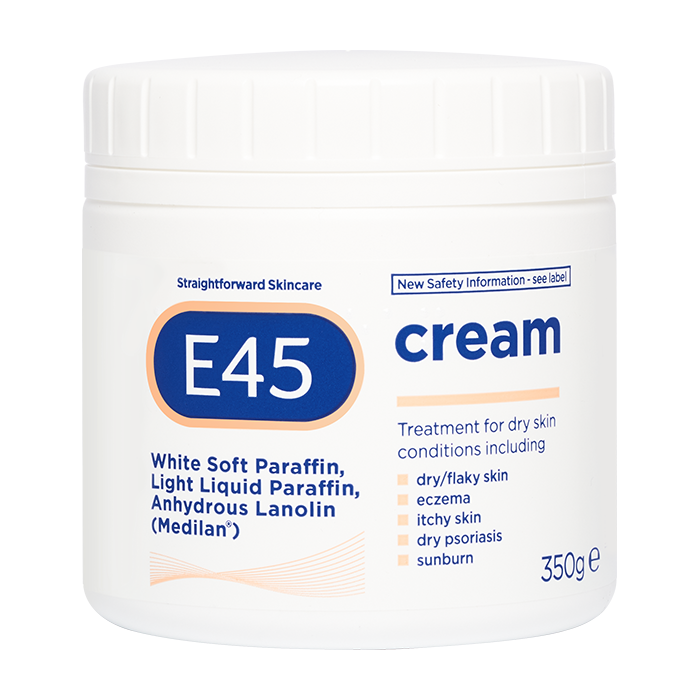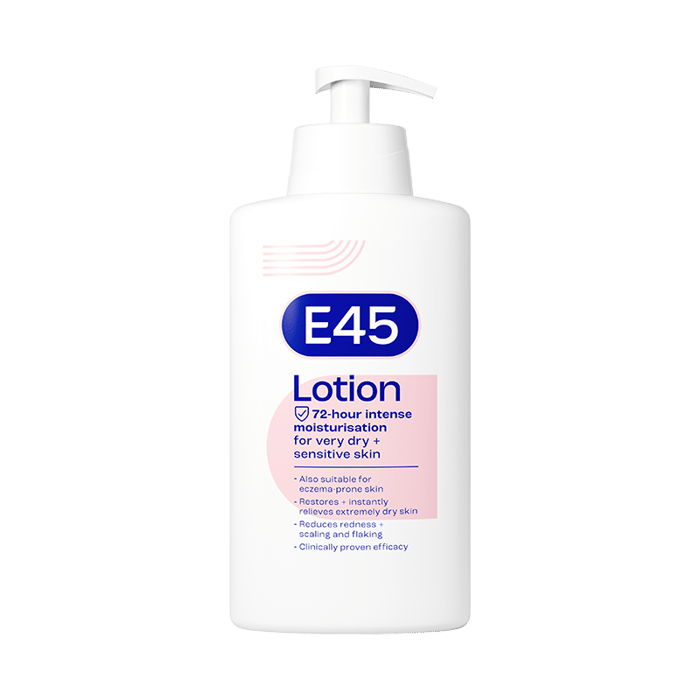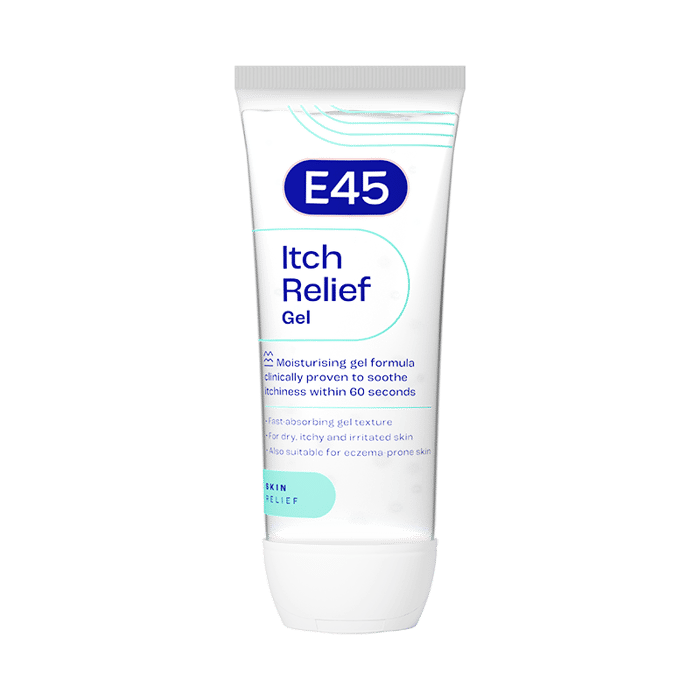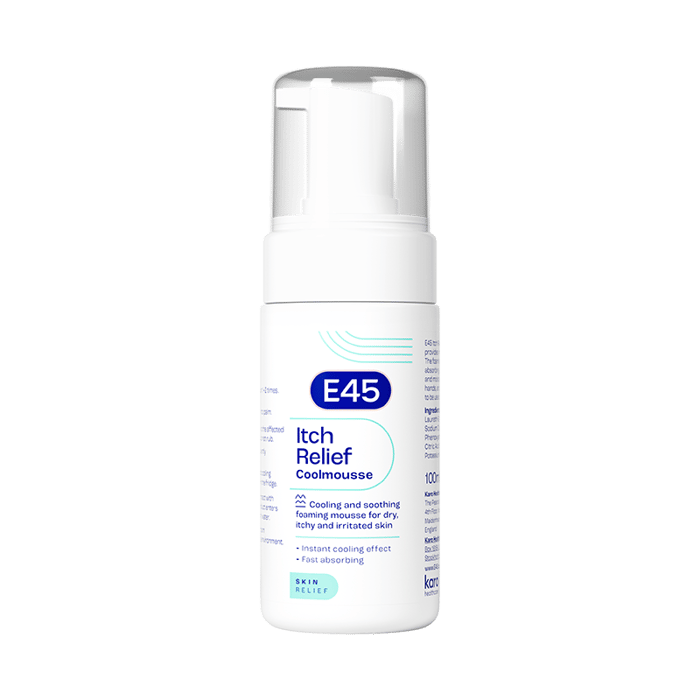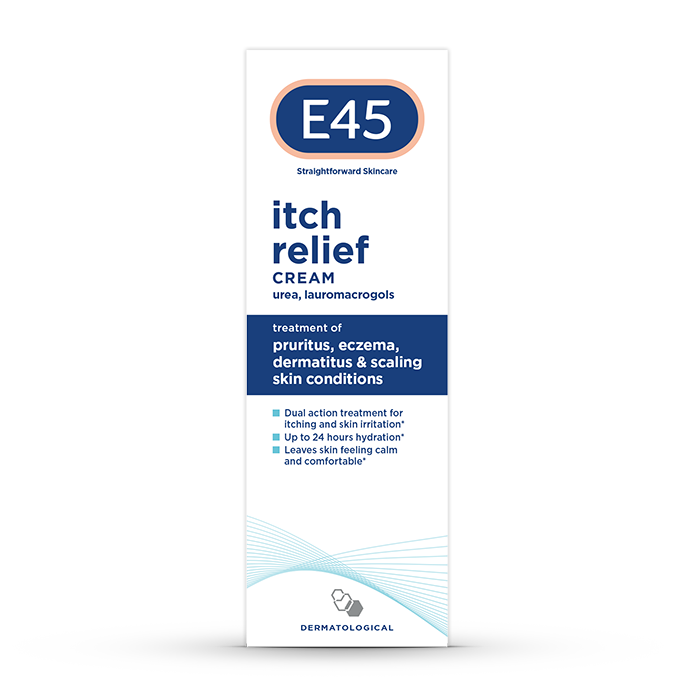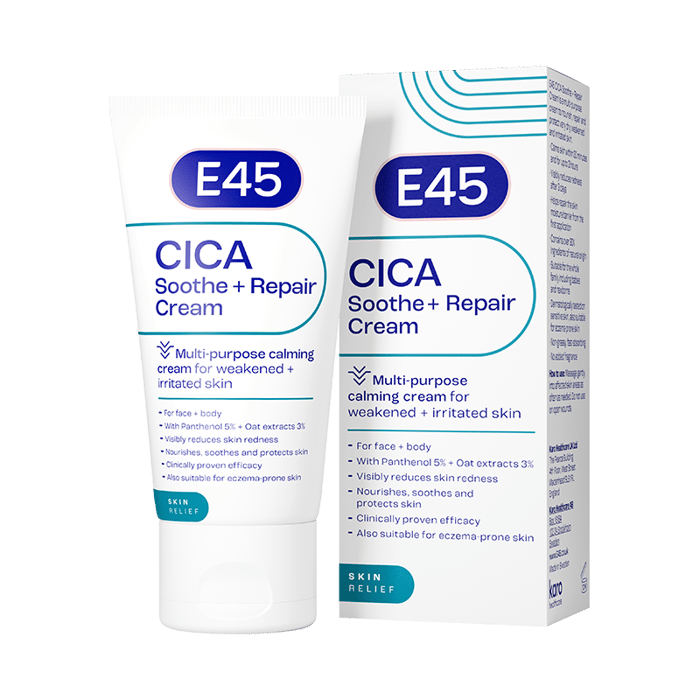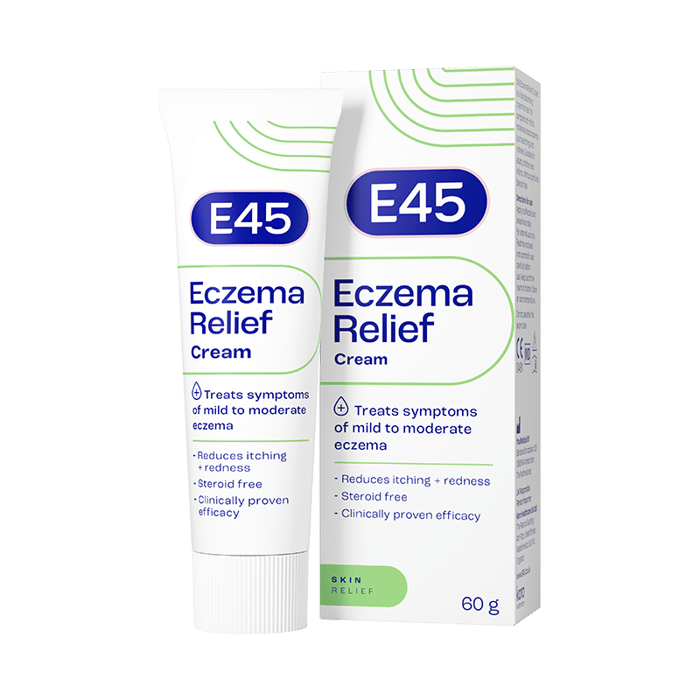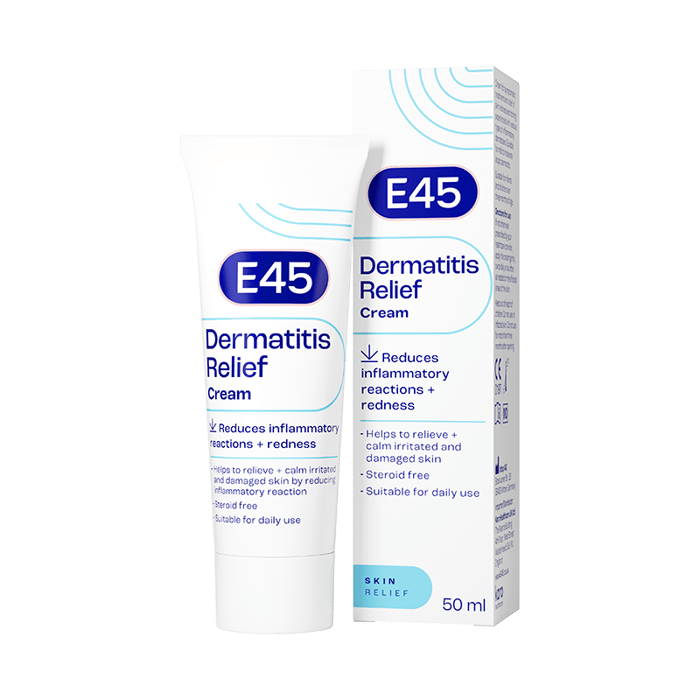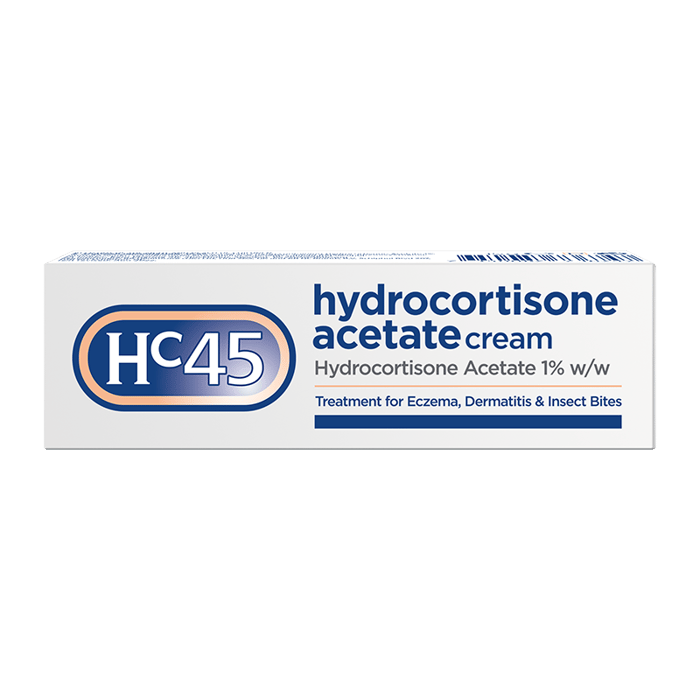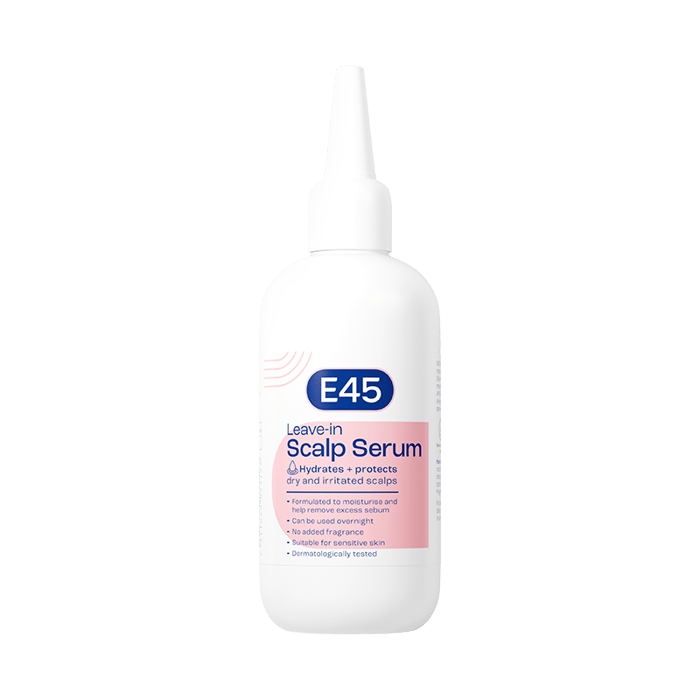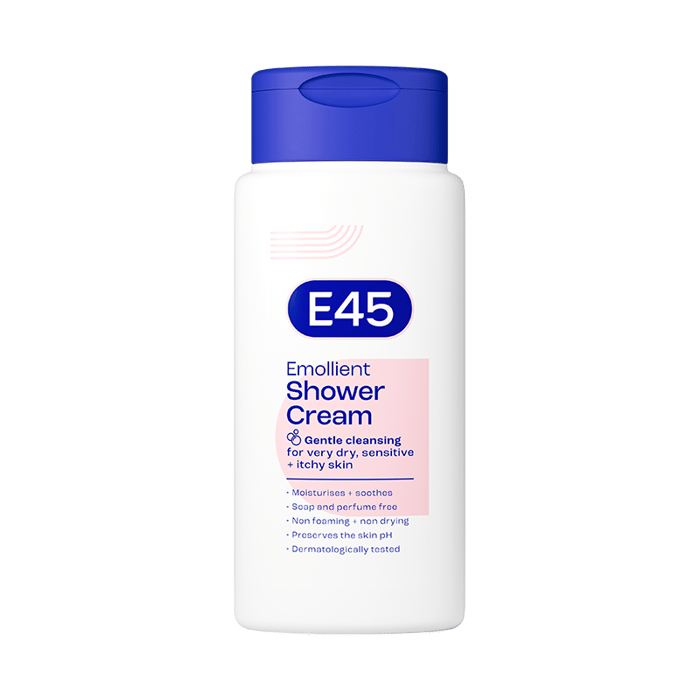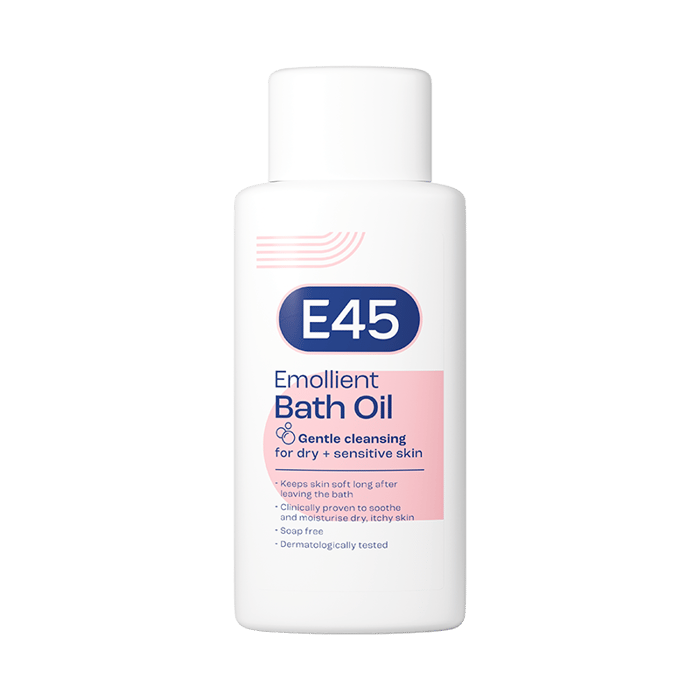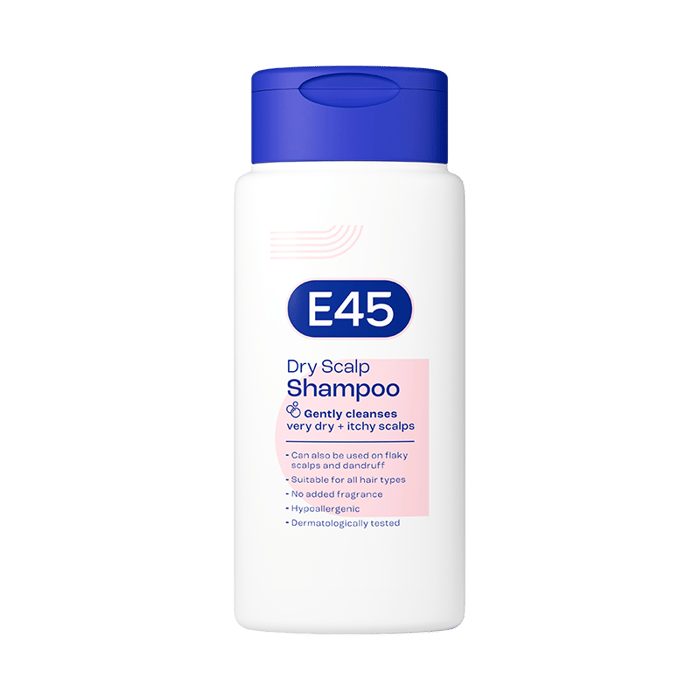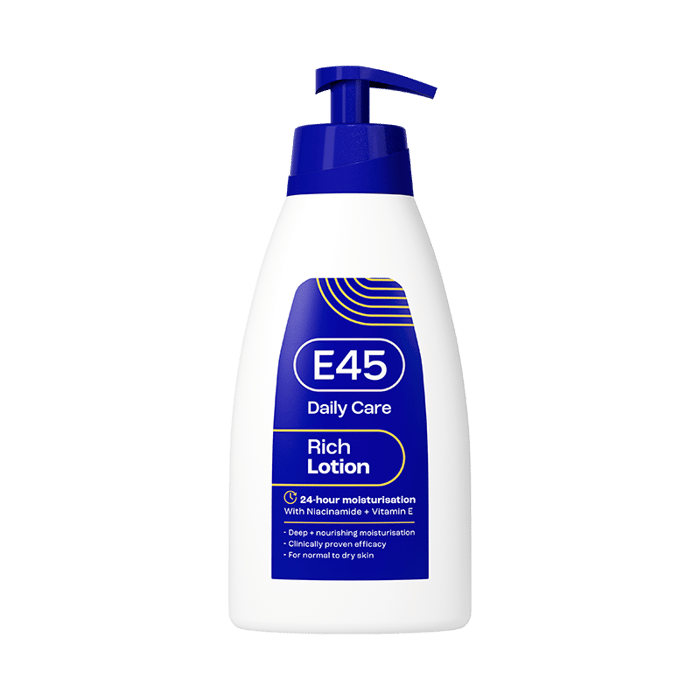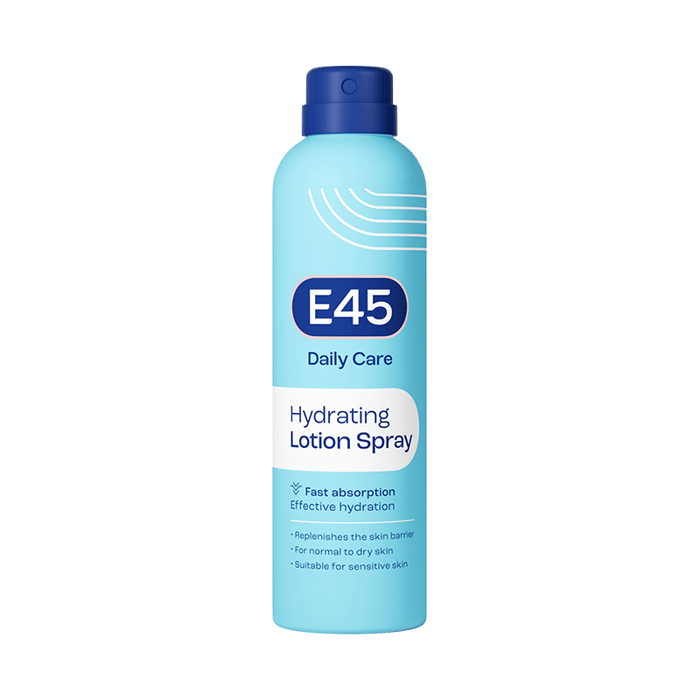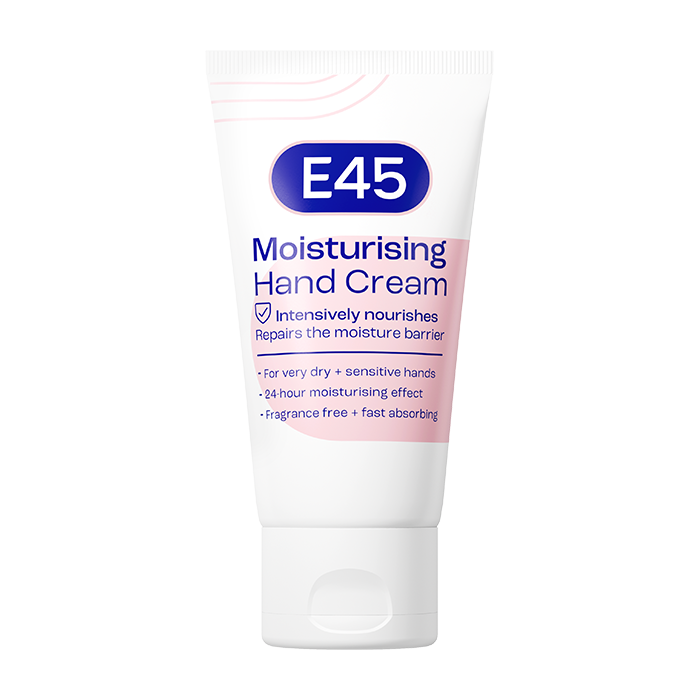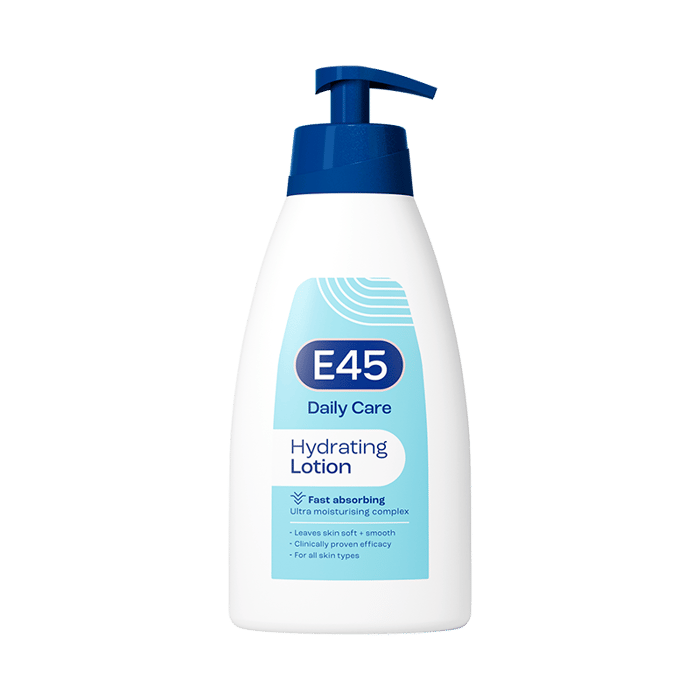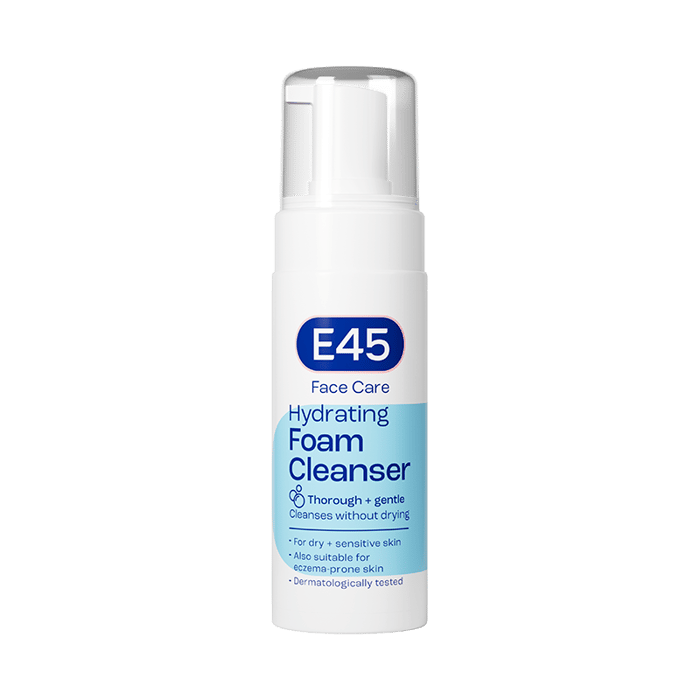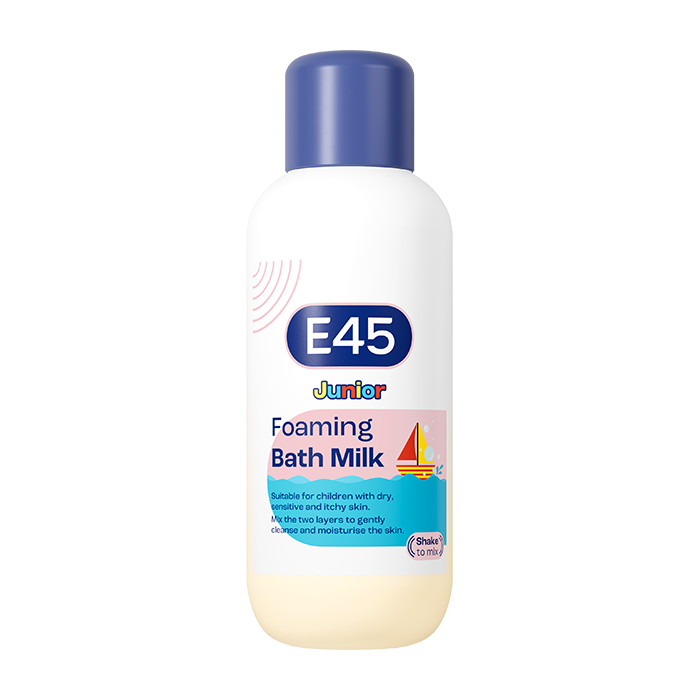Psoriasis on the face: symptoms, care and treatment options
Living with psoriasis on the face can feel especially difficult because it affects such a visible part of daily life. While psoriasis is a long-term skin condition, care and support are available to help you manage symptoms, reduce flares and feel more confident. This guide explains what facial psoriasis looks like, what may cause or trigger it, and the ways people often manage it at home or with healthcare support.
Table of Contents
What is psoriasis on the face?
Psoriasis on the face is a long-term skin condition that causes red, scaly patches to appear on areas such as the forehead, eyebrows, eyelids, hairline and around the nose. It happens when the immune system speeds up skin cell turnover, leading to inflamed and flaky skin. Since the skin in the face is thinner and more sensitive, symptoms can feel more noticeable. While there is no cure, daily skincare and medical support can help manage flare-ups and improve comfort. Research indicates that approximately 50 percent of people diagnosed with psoriasis experience psoriasis on the face.
How facial psoriasis compares with other types
Most people with psoriasis have plaque psoriasis, but other types such as guttate psoriasis, flexural (inverse) psoriasis or scalp psoriasis can overlap with the face. These variations may influence how symptoms appear and how a healthcare professional tailors treatment .
Symptoms and appearance of facial psoriasis
Early signs: first stage of psoriasis on the face
There isn’t a formal medical staging system, but people often describe the early stage of psoriasis on the face as small red areas that don’t heal, or persistent flaking around the hairline, eyebrows or eyelids. These patches may sting, itch or feel tender. Noticing these early can help you adjust skincare and seek advice if needed .
What it can look and feel like
- Red, scaly plaques: Thicker areas of skin with a silvery scale on top.
- Dryness and cracking: Facial skin may peel or crack, sometimes feeling sore.
- Itching and tenderness: Some patches may itch, sting or feel uncomfortable.
- Common areas: Eyebrows, eyelids, hairline, nose and upper lip.
These symptoms may come and go. Some people only ever have mild psoriasis on the face, while others experience more regular flare-ups.
Causes and facial triggers
Psoriasis is a chronic inflammatory disease linked to the immune system. It’s important to know that psoriasis is not contagious – you cannot catch it or pass it on.
While the exact cause of facial psoriasis isn’t fully understood, genetics play a major role in a person’s susceptibility. Specific triggers can then lead to flare-ups on the face:
- Stress – Emotional stress is often linked to new or worsening symptoms.
- Weather changes – Cold, dry air in winter or sudden seasonal shifts.
- Skin irritation – Shaving, scratching or using products with fragrance.
- Infections – Such as a sore throat, which can trigger guttate psoriasis.
- Smoking – Smoking is not only detrimental to overall health, it can also worsen psoriasis.
- Medications – Certain medications may exacerbate psoriasis symptoms. If you suspect a medication is triggering your facial psoriasis, consult with your healthcare provider.
At-home care for mild psoriasis on the face
Daily self-care is key for many people in managing mild psoriasis on the face.
- Moisturising regularly: Fragrance-free emollients can keep the skin hydrated and protect the skin barrier. E45 Psoriasis Relief Cream is designed to treat and help prevent psoriasis flare-ups and can be used daily.
- Gentle cleansing: Use non-soap cleansers such as E45 Face Foaming Cleanser and avoid scrubs or harsh exfoliants.
- Make-up and shaving: Choose fragrance-free products and remove make-up gently; take care shaving to avoid cuts.
- Avoid picking: Scratching or peeling at scales can increase irritation and risk infection.
- Sun protection: Apply a broad-spectrum SPF 30 or higher; reapply if outdoors. Sun can help some people, but for others UV can make symptoms worse, so notice how your skin responds .
Tips for scalp and hairline psoriasis
Topical treatments are often the first step in managing facial psoriasis. Applied directly to the affected areas, they can help to reduce inflammation, itching and scaling.
Moisturisers can play a role in managing facial psoriasis by hydrating the skin and reducing dryness and itching. They act as a protective barrier, preventing moisture loss and promoting skin healing.
Other topical treatments are available, ask a healtchare professional for advice.
Phototherapy treatment
If psoriasis extends into the hairline, it can feel difficult to manage. A healthcare professional may recommend scalp-specific treatments such as medicated psoriasis shampoos or oils to soften scale before washing.
Monitoring and managing stress levels
Stress is a well-known trigger for facial psoriasis, and so adopting effective stress management techniques can really help to manage symptoms. Techniques such as meditation, deep breathing exercises, yoga and engaging in relaxing hobbies can all help to reduce stress levels.
Maintaining a healthy lifestyle and diet
A balanced diet and regular exercise can support the immune system and reduce inflammation, helping to reduce severity and frequency of flare-ups. A well-rounded diet should include:
- Fruits and vegetables: These provide essential nutrients and antioxidants that bolster overall skin health.
- Lean proteins: Lean proteins, like fish, poultry, and legumes, offer necessary amino acids for skin repair and maintenance.
- Whole grains: Whole grains, such as brown rice and whole wheat bread, are packed with fibre and can help to control inflammation in the body.
Treatments you might discuss with a healthcare professional
If at-home care isn’t enough, your GP may suggest treatment or refer you to a dermatologist. It’s helpful to know what options might come up in that conversation.
Mild topical steroids
Weaker topical steroids may sometimes be prescribed for short courses on the face. Because the skin is thin, these are usually used sparingly and for limited periods.
Calcineurin inhibitors
Creams such as tacrolimus or pimecrolimus are often suggested for sensitive areas like the eyelids. They help calm inflammation without the same risk of skin thinning as steroids.
Phototherapy treatment
Phototherapy involves exposing the skin to ultraviolet (UV) light to reduce inflammation and slow down the excessive growth of skin cells. It can be an effective treatment option for facial psoriasis when topical treatments alone are not enough.
Vitamin D analogues
These are sometimes considered for facial psoriasis, helping to slow skin cell growth. How and when they’re used depends on your individual plan with your healthcare team.
Referral to dermatology
If psoriasis around your eyes or face is severe, persistent, or affecting your daily life, a GP may refer you to a dermatologist for more specialised support.
Living well with psoriasis on the face
The emotional side of facial psoriasis is real. Because symptoms are visible, many people feel self-conscious or avoid social situations. Support can make a difference.
Organisations like the Psoriasis Association run peer-to-peer support and helplines to support those struggling with psoriasis.
Conclusion
Living with psoriasis on the face can be challenging, but with the right approach it is possible to manage symptoms and feel more in control. Gentle daily skincare, awareness of your personal triggers, and a healthy lifestyle can all support your skin. For many people, talking through options with a healthcare professional also brings reassurance and opens up additional ways of managing flare-ups. Everyone’s experience with psoriasis is different, so finding what works best for you is key. With a combination of self-care and professional guidance, you can reduce discomfort and feel more confident in your day-to-day life.
FAQ: Psoriasis on the face
What triggers psoriasis on the face?
Triggers for facial psoriasis can vary from person to person, but common triggers include stress, certain medications, skin injuries, smoking and environmental factors such as cold weather and dry air. Excessive sun exposure can also trigger a psoriasis flare-up.
How can I treat psoriasis on my face at home?
While professional medical advice is important, at home you can manage facial psoriasis by keeping your skin moisturised, using gentle and fragrance-free skincare products and avoiding known triggers. Sun protection is crucial, and stress management techniques like meditation or yoga can also be beneficial.
Will facial psoriasis go away?
Psoriasis is a chronic skin condition, meaning it persists over a long time. While there’s currently no cure for psoriasis, treatments can help to manage the symptoms, reduce flare-ups and improve your quality of life.
What should you not put on skin with psoriasis?
Avoid using skincare products that contain harsh chemicals, fragrances or alcohol as these can irritate the skin and exacerbate psoriasis symptoms. Always opt for products formulated for sensitive skin. If you’re unsure, consult with a dermatologist or a healthcare professional.
Is psoriasis on the face contagious?
No. Psoriasis is an autoimmune condition and cannot be caught or passed on.
Can psoriasis be cured permanently?
There’s currently no cure, but many people find ways to manage and reduce symptoms through a mix of skincare, lifestyle changes and medical support.
What types of psoriasis can affect the face?
Plaque psoriasis is most common, but guttate and inverse psoriasis can also appear on the face or nearby folds. The exact appearance varies.
When should I speak to a healthcare professional?
If symptoms affect your eyes or eyelids, persist despite self-care, or impact your daily life, it’s important to seek professional advice. A GP can review your skin and discuss referral to dermatology.
Sources
www.nhs.uk/conditions/psoriasis/symptoms
www.nhs.uk/conditions/psoriasis/treatment
www.nice.org.uk/guidance/conditions-and-diseases/skin-conditions/psoriasis
www.nice.org.uk/guidance/cg153/ifp/chapter/initial-treatment-with-topical-medication
www.bad.org.uk/pils/topical-calcineurin-inhibitors
www.pcds.org.uk/clinical-guidance/psoriasis-facial-psoriasis
www.psoriasis-association.org.uk/treatments-for-psoriasis
www.psoriasis-association.org.uk/scalp-psoriasis
www.guysandstthomas.nhs.uk/health-information/treating-scalp-psoriasis
nhsdorset.nhs.uk/Downloads/aboutus/medicines-management/Other%20Guidelines/Psoriasis%20Management%20in%20Adults%202023.pdf
www.nhsinform.scot/illnesses-and-conditions/skin-hair-and-nails/psoriasis
www.changingfaces.org.uk/services-support
www.psoriasis-association.org.uk/information-and-support/

